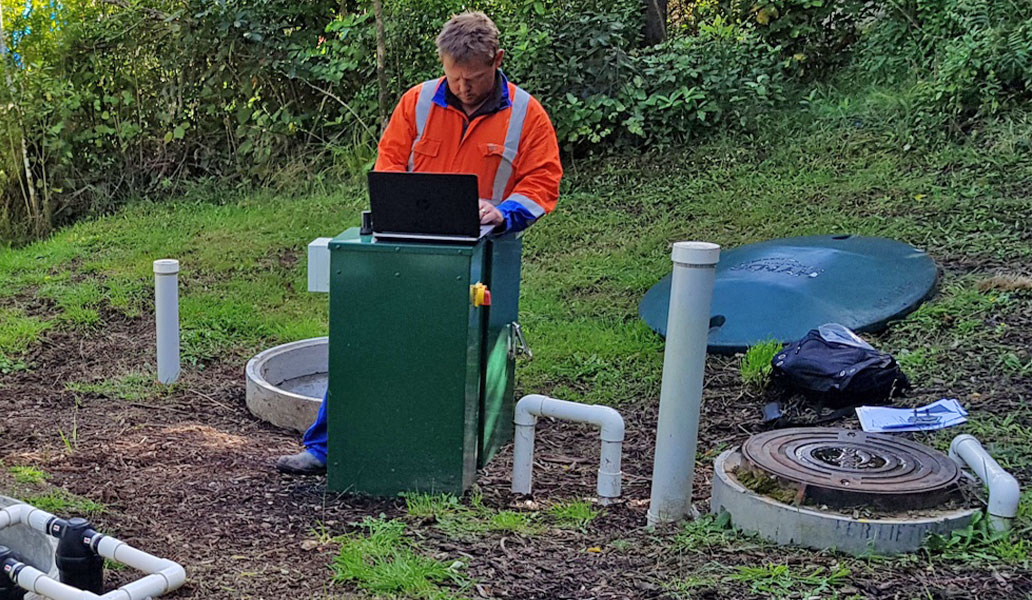Maintaining an OWMS
It’s essential that any onsite wastewater management system is regularly inspected and maintained to ensure it remains in proper working order. The property owner and/or consent holder is responsible for maintaining their system.

Keeping your OWMS in working order
Leaky and poorly maintained onsite wastewater management systems can allow improperly treated wastewater into the natural environment, causing environmental damage and potential health risks.
By regularly maintaining your on-site wastewater management system, you can ensure that your property, neighbourhood and local waterways are protected.
Maintenance of these systems is required regardless of whether operating your system is a permitted activity, or covered by a resource consent. The maintenance frequency will vary depending on the type of system you install.
Water New Zealand has also published a useful guide: Understanding and taking care of your Onsite Wastewater Management System (OWMS) for Domestic Wastewaters.
In general, a primary treatment system to sand trench will require inspection and maintenance at least every 12 months, whereas a secondary treatment system to dripline irrigation will require maintenance at least every six months. The technician will be able to tell you whether the sludge and scum is due to be pumped out of the primary tank. Sludge and scum should not need to be pumped out more than once every three years.
To find a suitably qualified professional who can conduct this inspection and maintenance, search for “septic tank services” online or contact your treatment system's supplier or installer.
Outside of regular maintenance checks, your system may need inspecting if you notice:
- the alarm is activated
- a blockage or overflow of sewage waste
- broken tank lids
- murky or smelly puddles on your property
- scum and sludge build-up in your treatment tank.
To help ensure your system is functioning correctly, where you can, avoid:
- overloading your system with too much water
- letting rainwater and stormwater into your system
- flushing wipes
- using an insinkerator
- putting harsh cleaning products, other chemicals, food waste or rubbish into your system.
Your maintenance service provider will give you a record of maintenance. Please keep all your records and be prepared to provide them to Environment Canterbury, or to pass on to future homeowners.
Onsite wastewater management system compliance
A resource consent gives the holder permission to discharge treated wastewater onto or into land using an on-site wastewater management system, provided they meet the conditions of that consent.
Resource consent is a legal document granted under the provisions of the Resource Management Act (1991), so it’s important to keep records of the resource consent and any associated letters or documentation, including maintenance records.
You can review your consent conditions by entering your name or consent number into our consent search, and checking the details on the “conditions” tab of your consent.
The conditions of your resource consent are designed to ensure wastewater is treated and disposed of in a way that protects the environment and public health. It is important for you to become familiar with the consent conditions, since failure to meet the conditions can result in adverse effects on the environment or public health, and may result in enforcement actions being taken by the council.
Your consent conditions will include the need to submit the documentation of correct installation to us by emailing it to ecinfo@ecan.govt.nz.
